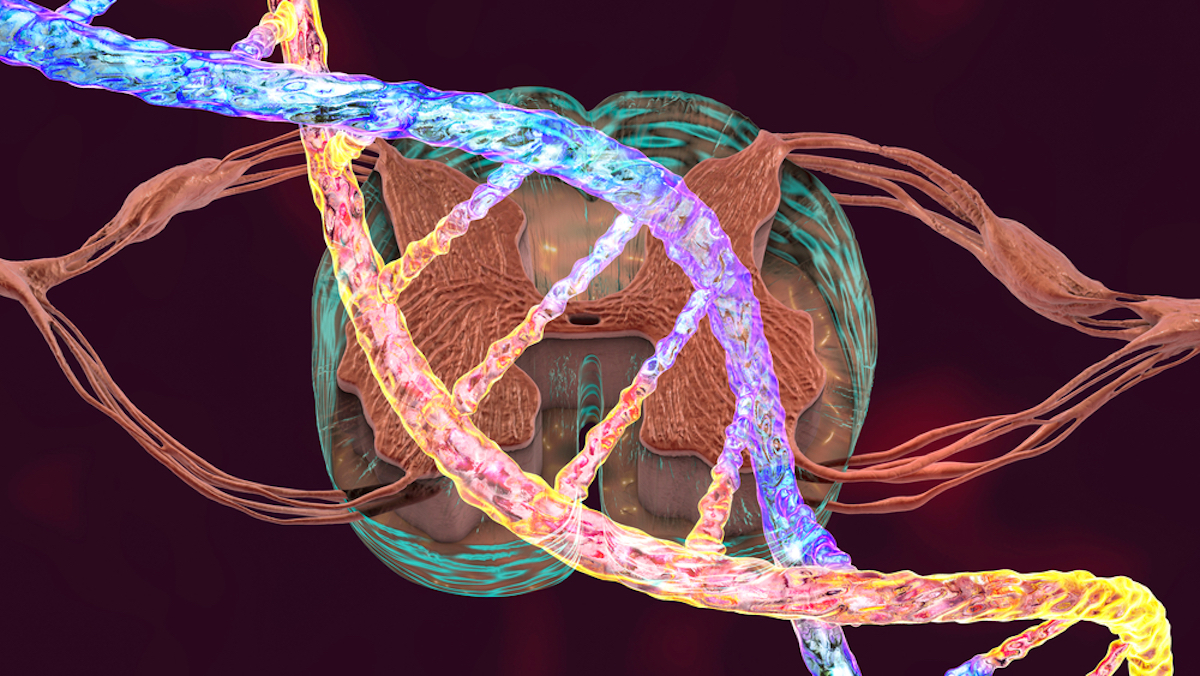There are 5 different types of spinal muscular atrophy. All types have their challenges, ways to recognize the disease, and life expectancies. The types differ mainly in when the first symptoms are discovered, their rapid manifestation, and when the highest motor milestone is achieved. Types 0, 1, and 2 are the most severe, and type 4 is the least severe.

Types of Spinal Muscular Atrophy
Type 0;
is the most severe form of spinal muscular atrophy and is also known as prenatal SMA. In this case, the disease is already diagnosed before birth and the first symptoms also appear in the belly. The first signs are a decrease or total loss of movement of the baby during late pregnancy. When the baby is born, the symptoms will already be apparent and may include muscle weakness and hypotonia. Unfortunately, due to weak respiratory muscles, newborn patients diagnosed with type 0 often progress to respiratory failure in the first month of life, which makes the survival rate are too very low.
Type 1;
is the most common and also very severe form of SMA and might be known to you as Werdnig-Hoffmann disease or infantile-onset SMA. Symptoms manifest in the first 6 months after being born and will most likely never be able to sit, eat and swallow without support. In addition, most infants have trouble breathing, due to weak respiratory muscles, which will eventually lead to respiratory failure. Most infants diagnosed with SMA Type 1 do not get older than 2 years old.
Type 2;
is a less severe form, but still gives a lot of trouble to the patient. Type 2 patients will be able to sit without any help, but will never be able to walk. First symptoms will manifest after 6 to 18 months after being born, and type 2 SMA children will have a normal life span.
Type 3;
is a milder form of SMA and is also known as Kugelberg-Welander disease and has some resemblances to muscular dystrophy. SMA type 3 patients will be able to walk, but experience difficulties here. In the long run, a wheelchair will also really be necessary. The first symptoms will manifest after 18 months after being born or in early childhood.
Type 4;
is a very rare form where the symptoms don’t manifest until you’re in your 30s. The progression of SMA type 4 is very slow, which means that adults diagnosed with SMA have a good chance of full and mobile lives.
Symptoms of SMA
The symptoms of spinal muscular atrophy are fairly similar in each type, but the severity of the symptoms varies greatly. In infants and toddlers suffering from type 0, 1, or 2, the chances are very high that they will die from the symptoms of SMA, before the age of 2. While type 3 and 4 patients can live a reasonably good life. Symptoms of SMA that all types can suffer from are:

- Floppy or weak extremities
- Difficulty sitting up, crawling, or walking
- Twitching or shaking muscles
- Bone and joint problems, like scoliosis
- Swallowing problems
- Respiratory problems
- Delayed gross motor skills
- Uncontrolled tongue movements
In addition, it is good to know that spinal muscular atrophy does not affect the intelligence and learning abilities of the patient. The condition is sometimes hard to diagnose, as these above-mentioned symptoms are signals of several medical conditions. It gets easier to diagnose when the patients start to experience muscle weakness and muscle tone. Once they Once the doctor suspects SMA, he or she will perform different tests, like a genetic blood test, EMG, and CPK test.
Treatment for Spinal Muscular Atrophy
Unfortunately, there is still no cure for SMA, but there are treatments that target the genes that play an important role in SMA are already possible. These are gene replacement therapies or drugs. To set up the treatment plan, several factors are considered, including the patient’s age, health, what type of SMA is involved, how severe the symptoms are and whether the patient can handle the treatments. SMA is the number 1 genetic cause of infant and toddler mortality, which makes it important to educate yourself about this condition and the treatments, that’s why you should always do your own online research. To make it easier for you, start your online search here:

